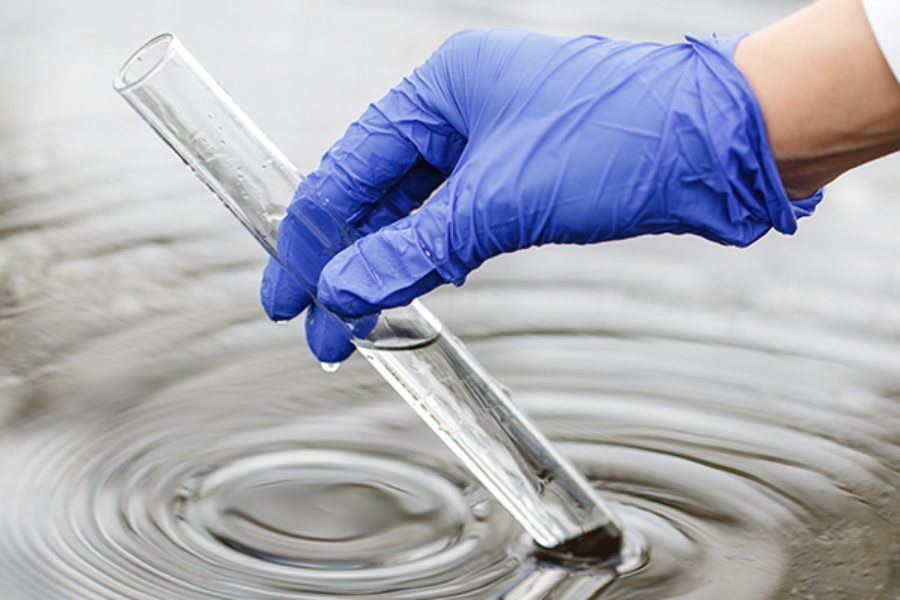Nearly two weeks after the destruction of the Kakhovka dam in southeastern Ukraine, the floodwaters are receding, but local officials are grappling with a new concern: the potential for outbreaks from waterborne disease.
On Saturday, local officials in Kherson and Mykolaiv, the two regions most affected by the flooding on the Dnipro River unleashed when the dam collapsed, outlined plans to ensure safe drinking water. And doctors in hospitals across those regions have been warned to prepare for the potential for an outbreak of disease.
“Currently, trucks carrying essential medical supplies for infectious diseases such as cholera are being unloaded,” Oleksandr Chebotarov, the medical director at the Kherson City Clinical Hospital, said in a phone interview on Saturday. “As of today, we have not had any reported cases of illness, but we are actively preparing.”
The full scale of the disaster, which drained a giant reservoir used for drinking water and irrigation, is only beginning to come into focus. Hundreds of residential areas are still underwater, including some under Russian occupation. International humanitarian organisations have shared concerns about pollution and the potential for illness.










